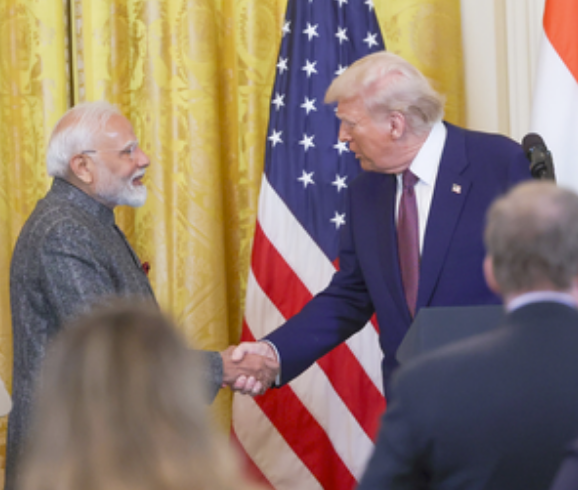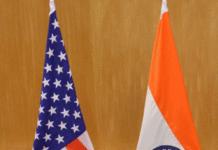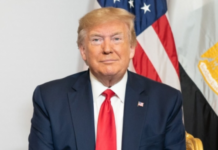NEW DELHI, India — When U.S. President Donald Trump imposed a 25 percent “reciprocal tariff” on India — followed by another 25 percent penalty for buying Russian oil — many expected New Delhi to capitulate. Instead, India held its ground with measured diplomacy, firm political messaging, and a clear focus on long-term national interests.
That approach now appears to be paying off. India and the United States are close to finalizing the first phase of a bilateral trade agreement (BTA), with officials confirming that negotiations are in their final stages and “nearing closure.” The deal is expected to resolve multiple tariff disputes and significantly expand market access.
Washington’s 50 percent tariff on Indian exports has been a major friction point. The first tranche of the BTA aims to ease portions of this burden, making Indian goods more competitive in the U.S. market. Pharmaceuticals, textiles, and engineering goods — sectors already contributing over $50 billion in exports to the U.S. in 2025 — are poised to benefit further.
Commerce Minister Piyush Goyal has consistently emphasized that any trade agreement must be “fair, equitable, and balanced,” protecting sensitive domestic sectors such as farmers, fishermen, and small manufacturers. Negotiations are broadly divided into two areas: reciprocal tariffs and wider issues related to market access and regulatory harmonization. The tariff component is expected to close first, with the more complex structural issues taking longer.
According to the report, India’s political resilience and adept diplomatic maneuvering transformed what could have been an adversarial standoff into a constructive partnership. New Delhi maintained dialogue channels with Washington while making it clear that India would defend its economic autonomy, especially on energy procurement from Russia.
Despite U.S. concerns over Indian purchases of Russian oil, New Delhi prioritized energy security while keeping trade talks on track. This balancing act demonstrated India’s ability to manage geopolitical pressure without derailing negotiations. Six rounds of talks have already been completed, underscoring the momentum on both sides.
Officials suggest the first tranche of the BTA could be completed by late 2025 — possibly this month — reflecting strong political intent in both capitals.
India also worked to frame the trade discussions within the larger Indo-U.S. strategic partnership, emphasizing cooperation in defense, technology, energy, and supply-chain resilience. This broader framing helped ensure domestic support while strengthening India’s bargaining position.
SBI Capital Markets captured the mood in a recent report titled “Tariffs Are Made in the USA, but Resilience Is Made in India,” describing Washington’s aggressive tariff push as a pressure tactic that India ultimately withstood.
With negotiations now approaching a breakthrough, the proposed deal is expected not only to ease trade frictions but also to reinforce Indo-U.S. ties within a deeper strategic framework — showing how calibrated diplomacy and national resilience can turn external pressure into opportunity. (Source: IANS)












